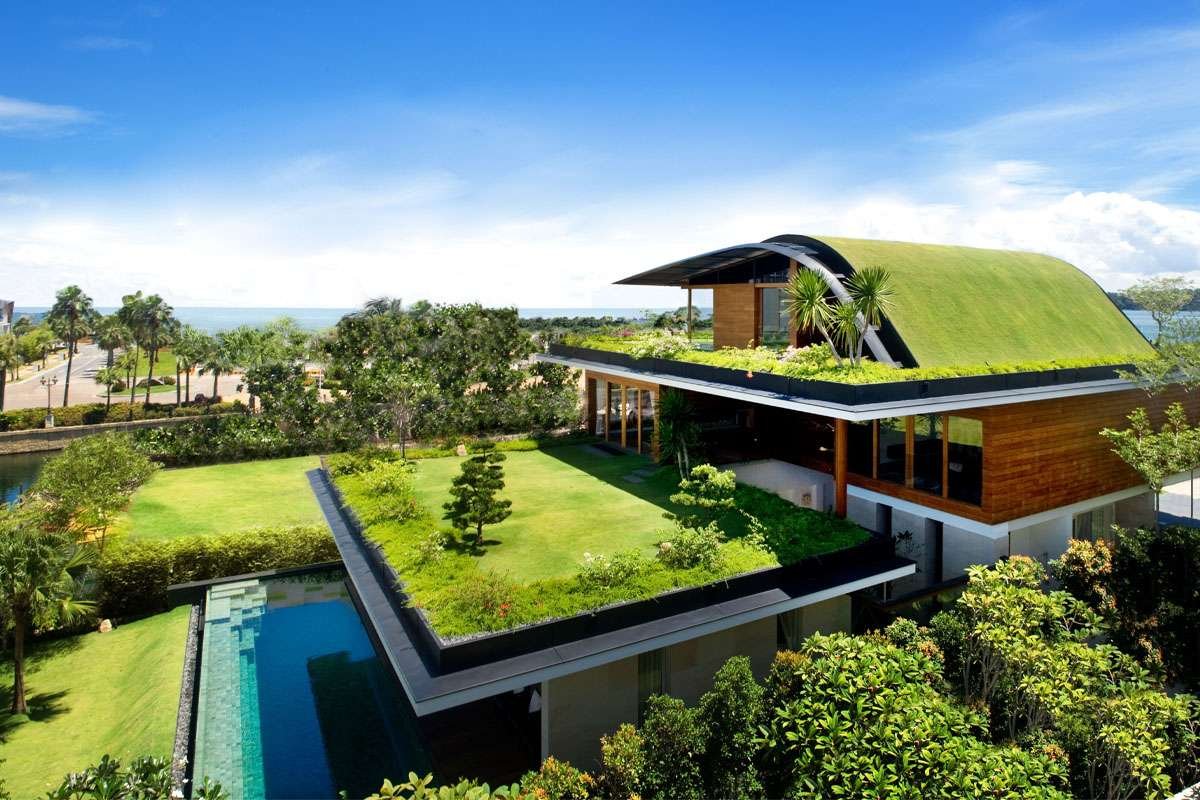
Sustainable Real Estate, Building a Greener Future
Building a greener future, as concerns about environmental sustainability and climate change continue to escalate, the real estate industry is undergoing a paradigm shift towards more sustainable practices. Sustainable real estate development focuses on minimizing environmental impact, conserving resources, and creating healthier, more livable spaces for occupants. From green building design to energy-efficient technologies, sustainable real estate represents a fundamental shift towards a greener future. In this blog, we explore the importance of sustainable real estate, key principles of green building, and emerging trends driving the adoption of sustainable practices in the property market.
Importance of Sustainable Real Estate:
Sustainable real estate development plays a crucial role in mitigating environmental degradation, reducing carbon emissions, and promoting responsible stewardship of natural resources. By incorporating sustainable design principles and technologies, real estate developers can minimize energy consumption, water usage, and waste generation throughout the lifecycle of a building. Sustainable buildings not only lower operating costs and enhance asset value but also provide healthier indoor environments for occupants, leading to increased productivity, satisfaction, and well-being. Furthermore, sustainable real estate aligns with evolving consumer preferences and regulatory requirements, positioning properties for long-term resilience and marketability in a rapidly changing landscape.
Key Principles of Green Building:
- Energy Efficiency: Energy-efficient building design focuses on reducing energy consumption through measures such as high-performance insulation, efficient HVAC systems, LED lighting, and passive solar design. By optimizing building envelope design and incorporating renewable energy sources such as solar panels or geothermal heating, developers can minimize reliance on fossil fuels and lower utility costs for occupants.
- Water Conservation: Water-efficient design strategies aim to minimize water consumption and maximize water reuse through features such as low-flow fixtures, rainwater harvesting systems, and drought-resistant landscaping. By implementing water-efficient technologies and practices, developers can reduce water usage, alleviate strain on municipal water supplies, and enhance the resilience of buildings to drought conditions.
- Materials Selection: Sustainable building materials prioritize environmentally friendly materials with low embodied energy, recycled content, and minimal environmental impact. From responsibly sourced wood and recycled steel to eco-friendly insulation and non-toxic finishes, sustainable materials contribute to healthier indoor air quality, reduce waste generation, and promote circular economy principles.
- Indoor Environmental Quality: Indoor environmental quality encompasses factors such as indoor air quality, thermal comfort, and daylighting, which significantly impact occupant health, comfort, and productivity. Sustainable buildings prioritize natural ventilation, low-emission materials, optimal thermal insulation, and ample natural light to create comfortable and healthy indoor environments for occupants.
- Sustainable Site Planning: Sustainable site planning considers factors such as site selection, land use, transportation, and ecosystem preservation to minimize environmental impact and maximize community benefits. By locating developments in transit-accessible areas, preserving green spaces, and implementing stormwater management strategies, developers can reduce carbon emissions, promote alternative transportation modes, and enhance the overall quality of life for residents.
Emerging Trends in Sustainable Real Estate:
- Net-Zero Energy Buildings: Net-zero energy buildings aim to produce as much energy as they consume over the course of a year, typically through a combination of energy-efficient design, renewable energy generation, and energy storage systems. These buildings represent the pinnacle of sustainable design and demonstrate the feasibility of achieving carbon-neutral operations in the built environment.
- Green Building Certifications: Green building certifications such as LEED (Leadership in Energy and Environmental Design) and WELL Building Standard provide frameworks for evaluating and certifying the sustainability performance of buildings. Developers are increasingly seeking green building certifications to demonstrate their commitment to sustainability, differentiate their properties in the market, and attract environmentally conscious tenants and investors.
- Biophilic Design: Biophilic design integrates elements of nature into the built environment to enhance occupant well-being, productivity, and connection to the natural world. From green roofs and living walls to daylighting strategies and nature-inspired aesthetics, biophilic design principles foster a deeper sense of connection with the environment and create spaces that promote health, happiness, and creativity.
- Circular Economy Practices: Circular economy principles promote the reuse, recycling, and repurposing of materials to minimize waste and resource depletion in the construction and operation of buildings. Developers are embracing circular economy practices such as adaptive reuse, deconstruction, and material recovery to extend the lifespan of buildings, reduce embodied carbon emissions, and minimize environmental impact.
- Resilient Design: Resilient design strategies aim to enhance the ability of buildings and communities to withstand and recover from natural and man-made hazards such as extreme weather events, climate change, and pandemics. By incorporating resilient design features such as flood-resistant construction, green infrastructure, and redundant systems, developers can improve the safety, durability, and adaptability of buildings in the face of evolving environmental risks.
Conclusion:
Sustainable real estate represents a transformative approach to building design, construction, and operation that prioritizes environmental stewardship, resource efficiency, and occupant well-being. By embracing sustainable principles and practices, the real estate industry can play a leading role in combating climate change, promoting sustainable development, and creating a greener, more resilient future. From energy-efficient buildings to green infrastructure and circular economy practices, sustainable real estate offers a path towards a more sustainable, equitable, and prosperous built environment for current and future generations. As stakeholders across the real estate value chain increasingly recognize the economic, social, and environmental benefits of sustainability, the adoption of sustainable practices is poised to become the new standard in the property market.

